Alison Houweling is the project lead for the harm reduction policy rollout. She’s been seeking the voice of physicians, nurse practitioners and peers, to talk about how harm reduction methods have impacted their work and interactions with patients.
A nurse practitioner’s experience with harm reduction
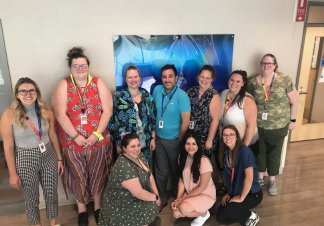
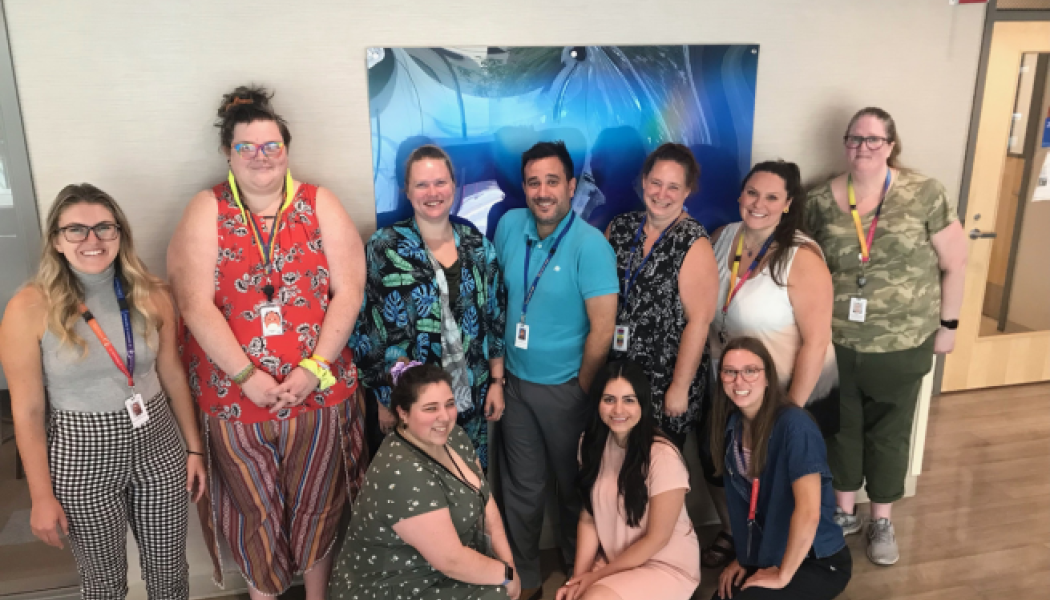
Meet Cammie Lewis
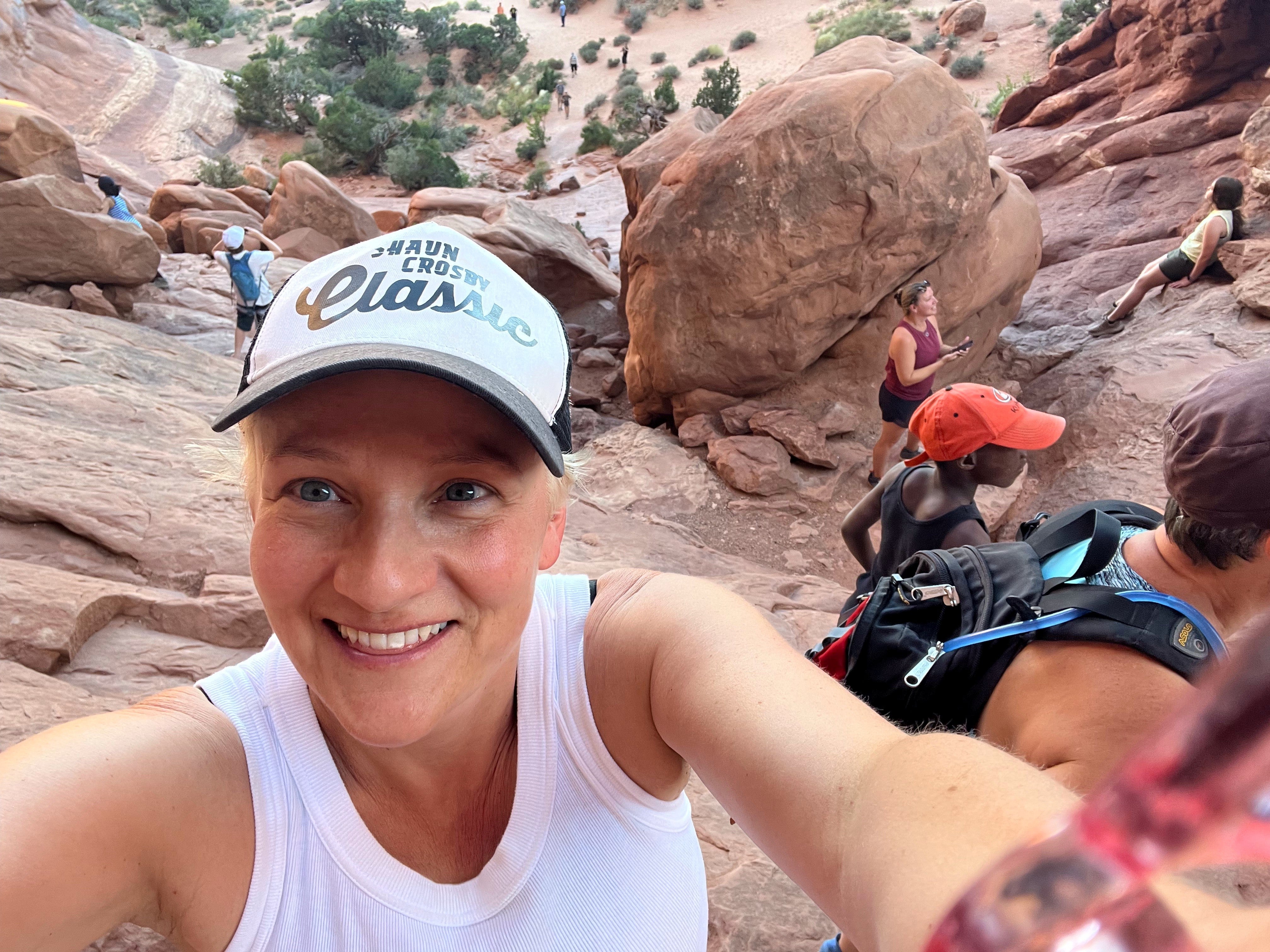
Cammie Lewis has been a nurse for more than 20 years and a nurse practitioner for the past 10 years. During the last five years, she has been working at the Kelowna Opioid Agonist Treatment (OAT) Clinic, and her work took on a more harm reduction focus.
“It’s a good fit for me and there’s a huge need right now due to the unregulated drug supply crisis we are in,” she says.
However, it took Cammie a while to come around to the idea of harm reduction.
From skepticism to belief
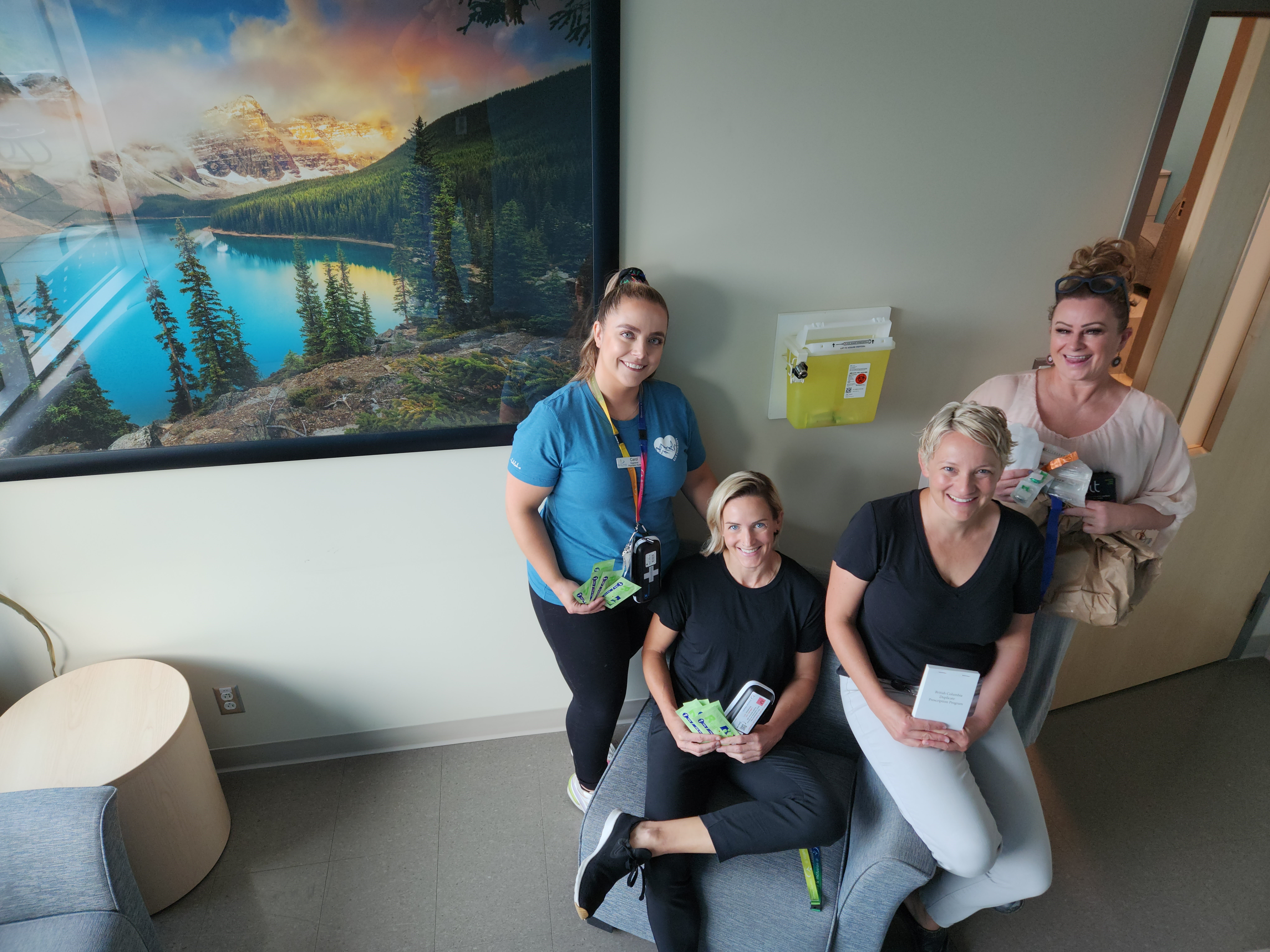
“Like a lot of people, I was initially skeptical," Cammie admits. "I was afraid it was an excuse for not doing more upstream work, like poverty reduction, affordable living and food security. Now, I understand the need for, and the importance of, harm reduction as a part of the whole continuum of care to meet people where they are at.”
The term ‘upstream’ relates to proactively promoting and addressing root causes that prevent adverse health issues from arising. Harm reduction is often considered ‘downstream’ where treatment is reactively implemented for illnesses that have already taken hold and reached a crisis point.
“I can now see harm reduction as prevention and health promotion," says Cammie. "Harm reduction says to people, ‘I see where you’re at and I think you’re important. You deserve to be treated with respect.’ Stigma is reduced, and this creates inclusion of really vulnerable people who are now willing to come forward for help; people we would have previously missed.”
In turn, health policy can be influenced.
Beauty emerging from chaos
“For me, the purpose of incorporating harm reduction into my work is to move people forward on that continuum of health," she says. "That’s always my goal and purpose, connecting with people where they are in the moment, but not to leave them there, and instead, to gently encourage steps forward to greater wellness.”
Cammie has also learned to respect that people move in their own time and for their own reasons. Sometimes the pace feels slow; but change can also happen quickly.
“My favourite part of the job is watching beauty emerge from chaos," says Cammie. "I get to see people going from homeless to having homes, or getting their kids back or eventually going to university. I get to see amazing recoveries over time. When you meet people at the ground level, they truly engage; without that engagement, you can’t move forward at all. We’re engaging with people that don’t often access other areas of health care. They have a chance for increased wellness, however they define it.”
It takes a multidisciplinary team
Cammie gives a shout out to her colleagues. “I’m super lucky to work in a multidisciplinary team where everyone works together in a trauma-informed environment. And I mean everyone, from the security guard at the entrance to our medical office assistants who hand out most of our harm reduction supplies; our pharmacists, nurses, social workers and doctors – everyone understands the value of harm reduction.”
Share your harm reduction practices
If you’d like to share how you’re incorporating harm reduction in your work at Interior Health, please contact Alison Houweling.
Other stories in this series
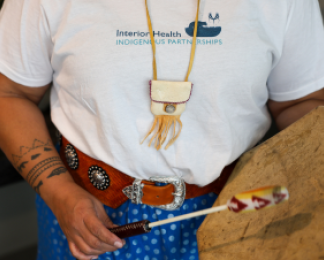

In the 5 years since the In Plain Sight report was released, we’ve made strides towards being a culturally safe organization—but there’s more work to do.
/stories/ihs-fifth-plain-sight-response-supports-reconciliation

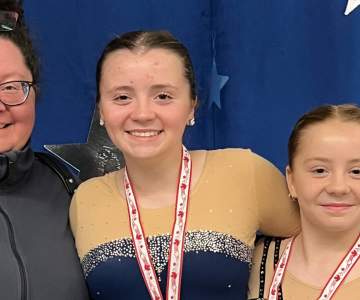
Inspired by her aunt’s career as a pharmacist, Angela became a pharmacy technician to use the hands-on aspect of compounding to benefit patient care.
/stories/we-are-ih-pharmacy-tech-enjoys-problem-solving-patients
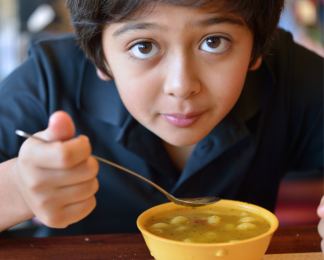
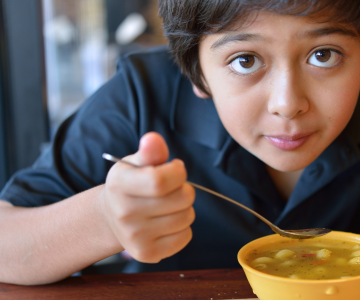
Souper Meals brings students together once a week over locally made soup, fresh fruit, veggies and buns, all free of charge.
/stories/more-soup-benefits-universal-school-lunch-program
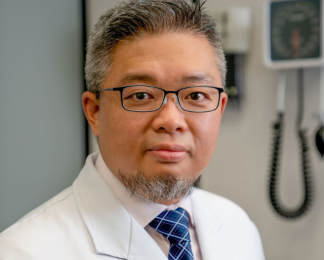
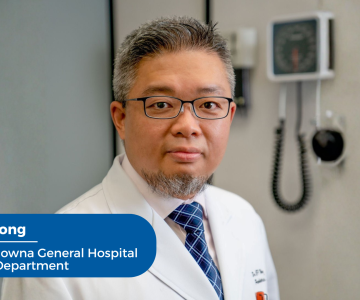
With decades of experience rooted in compassion and commitment to children’s health, Dr. Jeff Wong is carving a path for pediatric care at Kelowna Hospital.
/stories/dr-jeff-wong-leads-kelowna-pediatric-department-forward
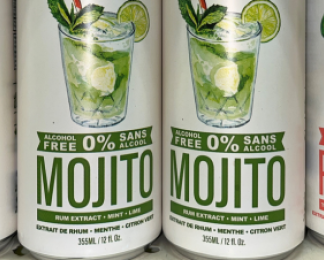
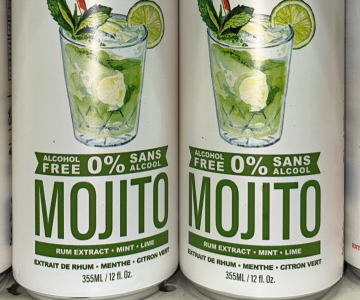
The holidays season offers opportunities to drink alcohol, and it can be easy to overindulge. Get tips on how you can drink less - and live more.
/stories/holiday-spirit-tips-drinking-moderation-season
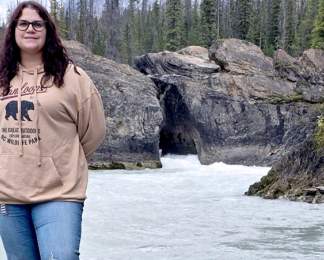

With the support of her mentors and coworkers, Niomi Wright found her true health-care calling as a care aide at Mountain View Lodge in Lillooet.
/stories/we-are-ih-care-aide-recognizes-value-mentors-and-colleagues
STAY CONNECTED
Receive news, alerts, public service announcements and articles right to your inbox.

